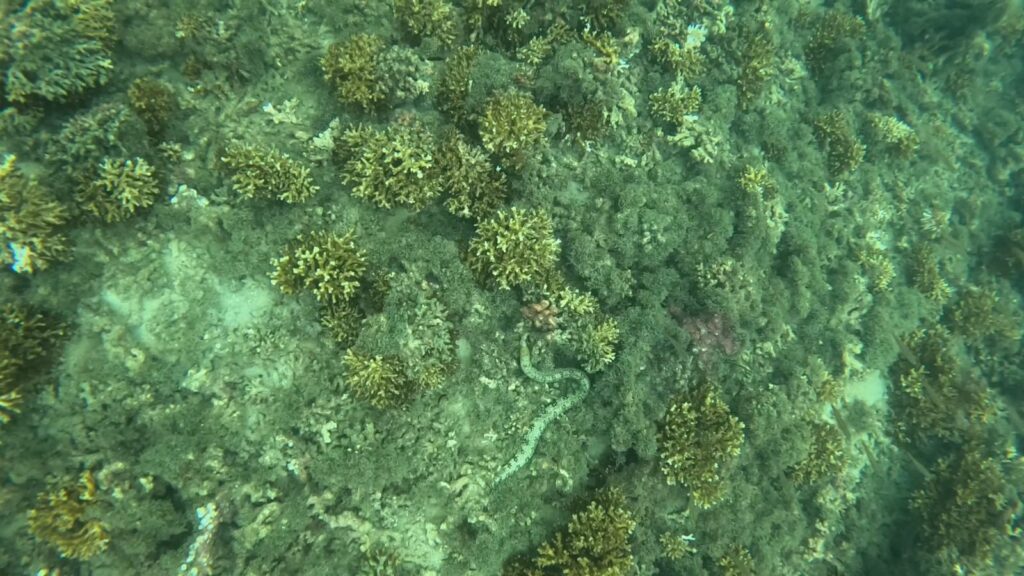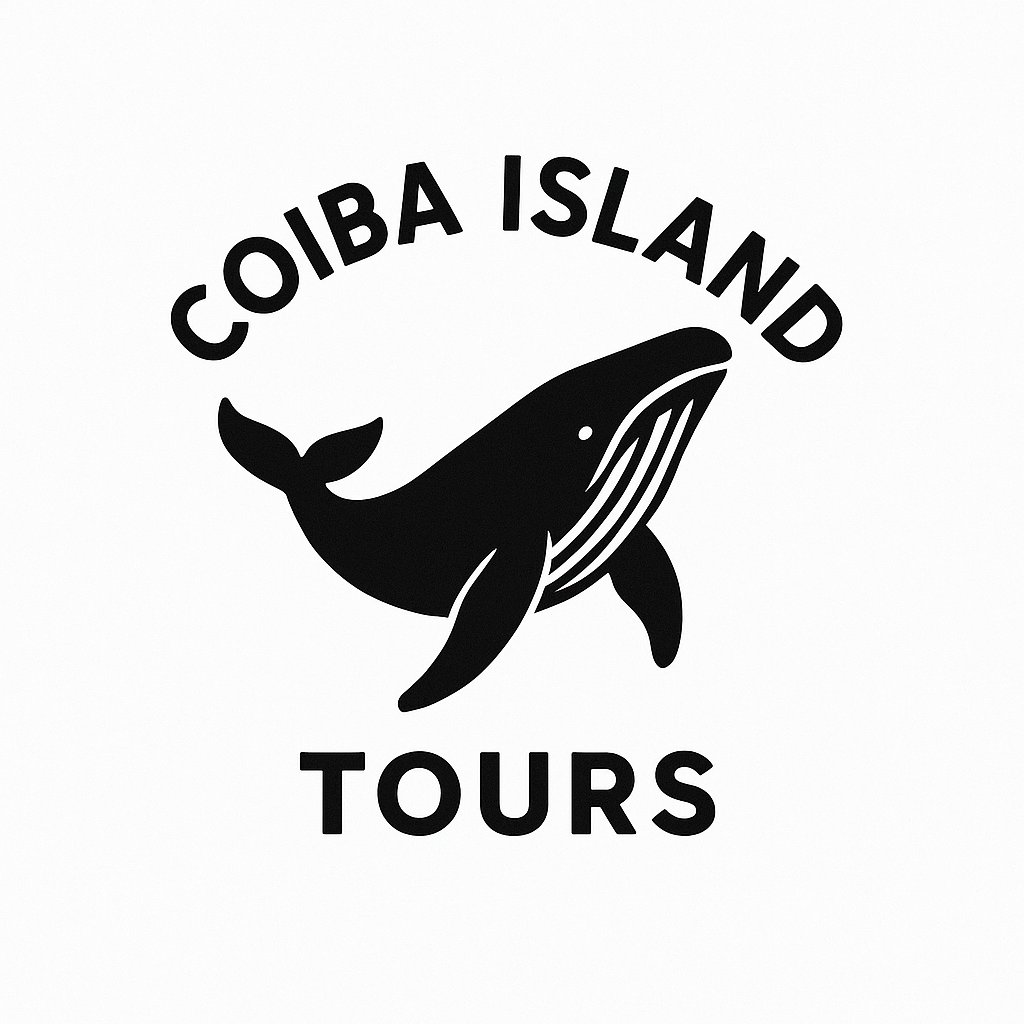Coiba Island, a jewel of Panama’s Pacific coast, is famous for its breathtaking marine life, pristine beaches, and dense tropical forests. As a UNESCO World Heritage Site and protected national park, Coiba is a sanctuary for countless species — many of them rare or endangered.
But like any wild and untamed environment, Coiba is also home to animals that can pose a danger to humans if approached carelessly. This guide will help you learn about Coiba’s more dangerous inhabitants, how to stay safe, and why it’s essential to respect the wildlife during your visit.
Dangerous Marine Animals
Sharks
Coiba’s waters are a hotspot for sharks, making it one of the top diving and snorkeling destinations in the region. Species often spotted include:
Whale sharks (gentle giants that feed on plankton)
White-tip reef sharks
Hammerhead sharks
Tiger sharks (less commonly seen, but present)
Are they dangerous?
Shark attacks are extremely rare in Coiba. Sharks generally avoid humans and attacks are almost unheard of in these waters. The key is to stay calm, follow your guide’s instructions, and avoid erratic movements while snorkeling or diving.
Crocodiles
Yes, Coiba is home to the American crocodile (Crocodylus acutus). These large reptiles can be seen in lagoons, mangroves, and sometimes near the shore.
Where’s the risk?
While attacks on humans are rare, crocodiles are territorial. Swimming in areas known for crocodile sightings (especially mangroves and river mouths) is not advised unless your guide confirms it’s safe.
Tip: Always swim and snorkel in designated areas recommended by local guides.

Stingrays
Stingrays are common in Coiba’s shallow sandy areas.
How to avoid danger:
Most stingray injuries happen when people accidentally step on them. You can prevent this by doing the stingray shuffle — sliding your feet along the sand rather than stepping down sharply.
Jellyfish
While not common year-round, jellyfish and other stinging creatures like hydroids can appear in Coiba’s waters, especially at certain times of the year.
Stay safe:
Wear a rash guard or wetsuit when snorkeling or diving. If stung, alert your guide — most stings are mild but should be treated promptly.
Dangerous Animals on Land
Venomous Snakes
The jungles of Coiba Island are home to a few species of venomous snakes, including:
- Fer-de-lance (Bothrops asper) — Highly venomous, known for its camouflage and quick strike.
- Coral snakes — Small, brightly colored, and rarely aggressive unless provoked.
How to avoid snake bites:
– Stay on marked trails.
– Watch where you step, especially when hiking through dense vegetation.
– Wear sturdy shoes or boots rather than sandals for jungle hikes.
Spiders and Scorpions
Like much of Panama, Coiba has its share of spiders and scorpions. Most are harmless or cause only mild discomfort if they sting or bite.
Precaution:
– Shake out shoes and clothing before putting them on.
– Don’t stick your hands into holes or under logs.
Wasps and Bees
There are various wasps and bees in Coiba. While stings are usually only a nuisance, those with allergies should be especially cautious.
– If you’re allergic, carry an epinephrine injector (EpiPen) and inform your guide before setting out.
Wildlife Encounters: Respect is Key
It’s important to remember that wildlife rarely poses a threat unless provoked or surprised. The animals of Coiba aren’t out to harm visitors — in fact, they tend to avoid human contact. Most incidents happen because of careless behavior, such as getting too close for a photo or wandering off marked paths.
How to Stay Safe on Coiba Island
- Always go with a certified guide. They know where it’s safe to snorkel, swim, and hike.
- Respect safety instructions. If a guide says an area is unsafe due to crocodiles or currents, trust their advice.
- Don’t approach or feed wildlife. Not only is it dangerous, but it’s also illegal in the national park.
- Wear protective gear. Sturdy shoes for hiking, rash guards for snorkeling, and gloves if handling gear or ropes.
- Pack a small first aid kit. Include antiseptic wipes, bandages, and insect bite cream.
Why Dangerous Animals Are a Good Sign
You might be wondering — should I be worried about visiting Coiba? Absolutely not.
The presence of apex predators like sharks and crocodiles, and healthy populations of snakes and other creatures, is a sign of a thriving ecosystem. Coiba is one of the last truly wild places in Central America, where nature remains in balance. By respecting the animals and their habitats, we help protect this unique environment for future generations.
Final Thoughts — Adventure with Awareness
Coiba Island offers tourists an extraordinary chance to connect with nature in its purest form. Yes, there are animals that demand caution, but with the right mindset and preparation, you can enjoy the island’s wonders safely.
Looking for a guided, safe, and unforgettable tour of Coiba? Contact us at info@coibaislandtours.com — we’ll help you explore this incredible destination while keeping safety and respect for nature top of mind.





